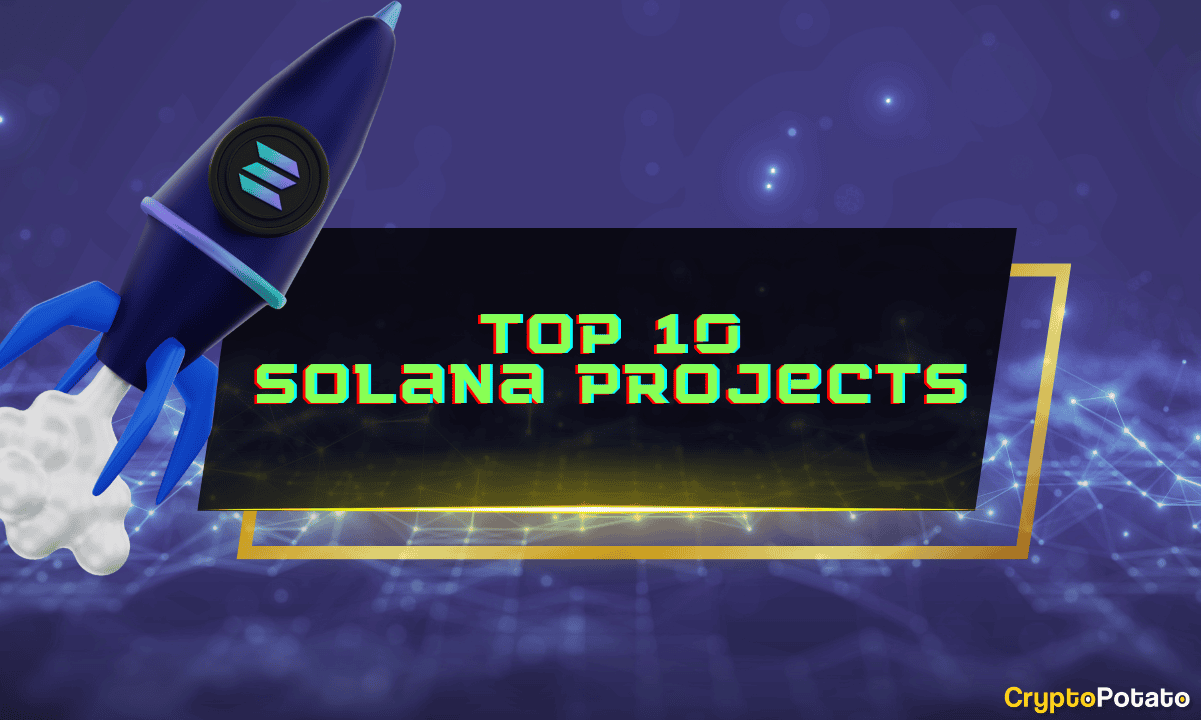Solana's Resurgence: A Leader in Decentralized Finance

Solana has emerged as a leading player in the decentralized finance (DeFi) ecosystem, showcasing a remarkable recovery since the FTX exchange downfall in 2021. By 2024, Solana has solidified its position as one of the most popular blockchain networks, hosting a multi-billion dollar total value locked (TVL) and supporting a vast array of decentralized applications (dApps). The network is celebrated for its scalability, speed, and low transaction costs, making it an attractive platform for various projects, including lending, liquid staking, decentralized exchanges (DEXs), and non-fungible tokens (NFTs).
Among the standout projects on Solana, Phantom Wallet has become the largest self-custody wallet, facilitating safe cryptocurrency storage for millions of users. Jupiter, the top DEX on Solana, has gained traction with features like limit orders and dollar-cost averaging, while Marinade Finance leads in lending with its innovative liquid staking model. Magic Eden has established itself as the go-to NFT marketplace, and the meme coin Dogwifhat has captured significant attention in the crypto community. Other notable projects include Render Network, which focuses on decentralized GPU cloud rendering, and Ondo Finance, which tokenizes real-world assets to enhance liquidity and efficiency.
The importance of decentralized exchanges within the Solana ecosystem cannot be overstated, as they drive economic growth and uphold the principles of decentralized finance. As Solana continues to attract innovative projects and a growing user base, its resilience and adaptability in the face of challenges position it as a formidable player in the blockchain space. With billions in TVL and a diverse range of applications, Solana’s DeFi ecosystem is poised for further expansion and success in the coming years.
Related News





